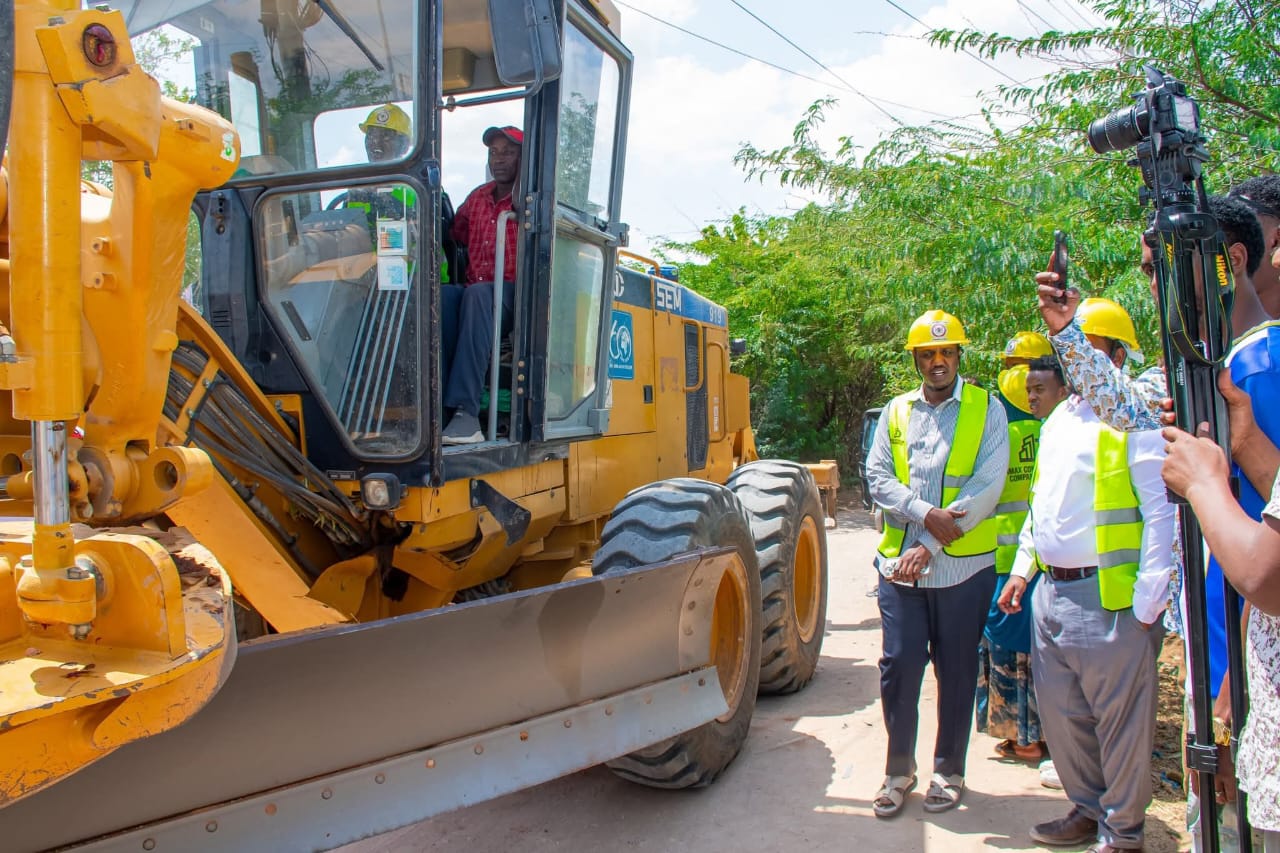Kenya’s manufacturing sector is showing signs of recovery, spurred by renewed activity in the construction industry, which has picked up momentum following the partial clearance of long-standing pending bills.
This rebound has seen demand for key manufacturing inputs such as cement, iron, and steel rise sharply in the first quarter of 2025.
According to the Kenya National Bureau of Statistics (KNBS), the construction sector expanded by 3 percent between January and March this year, a notable improvement from 0.4 percent growth recorded in the same period in 2024.
The performance was largely driven by the resumption of road projects, supported by the Kenya Roads Board’s (KRB) efforts to clear arrears owed to contractors.
This payment of pending bills has not only allowed contractors to return to stalled projects but has also unlocked secondary payments to manufacturers who had previously supplied materials.
KNBS highlighted that this growth was clearly reflected in the increased use of construction inputs. “The growth in the sector was reflected in the increased uptake of inputs into the industry such as cement, iron and steel during the review period,” it said.
Cement consumption rose by 20.3 percent, from 1.94 million tonnes in the first quarter of 2024 to 2.34 million tonnes in the same period this year.
At the same time, iron and steel imports grew from 230,785 tonnes to 313,289 tonnes.
Last year, the construction sector posted its weakest performance since the Moi era, shrinking for two consecutive quarters due to heavy pending bills and high interest rates.
This slump had a ripple effect, dampening growth in other sectors such as manufacturing. However, the upturn in construction has lifted productivity in the manufacturing sector, particularly in non-food manufacturing.
“The non-food manufacturing subsector supported the overall growth in the manufacturing sector with production of cement, assembled motor vehicles and galvanized sheets recording significant growths,” KNBS stated.
The Kenya Association of Manufacturers (KAM) has welcomed the resumption of payments, saying it expects sustained growth in the sector as more funds are released.
The government has started piloting a securitisation model to settle arrears in the roads sector, where payments have long been delayed, leaving many contractors and suppliers in financial distress.
In June, the Treasury told a National Assembly committee that Cabinet had approved the allocation of Sh12 out of the Sh25 per litre Road Maintenance Levy Fund (RMLF) to compensate investors in bonds meant to settle the road sector’s pending bills.
KRB plans to issue a Sh175 billion bond using Sh7 from the RMLF to address current arrears, while an additional Sh125 billion bond will be backed by the remaining Sh5 to cater for future contractor obligations.
So far, KRB has disbursed Sh60.6 billion from a short-term commercial bank loan facility to various road agencies.
This includes Sh29 billion to the Kenya National Highways Authority (KeNHA), Sh27 billion to the Kenya Rural Roads Authority (KeRRA), and Sh4.67 billion to the Kenya Urban Roads Authority (KURA).
In a show of goodwill, road contractors have agreed to reduce interest charged on delayed payments by 35 percent. The Central Bank of Kenya (CBK) is optimistic about a continued turnaround in the sector, projecting a 4 percent growth in construction for 2025, a reversal from the 0.4 percent contraction last year.
“For 2025, we expect a turnaround in the construction sector to be anchored on the reduction of pending bills to the roads sector. Some of the contractors have already been paid and have gone back to work. We expect that to generate additional value for the construction sector,” CBK Governor Kamau Thugge said in June.
